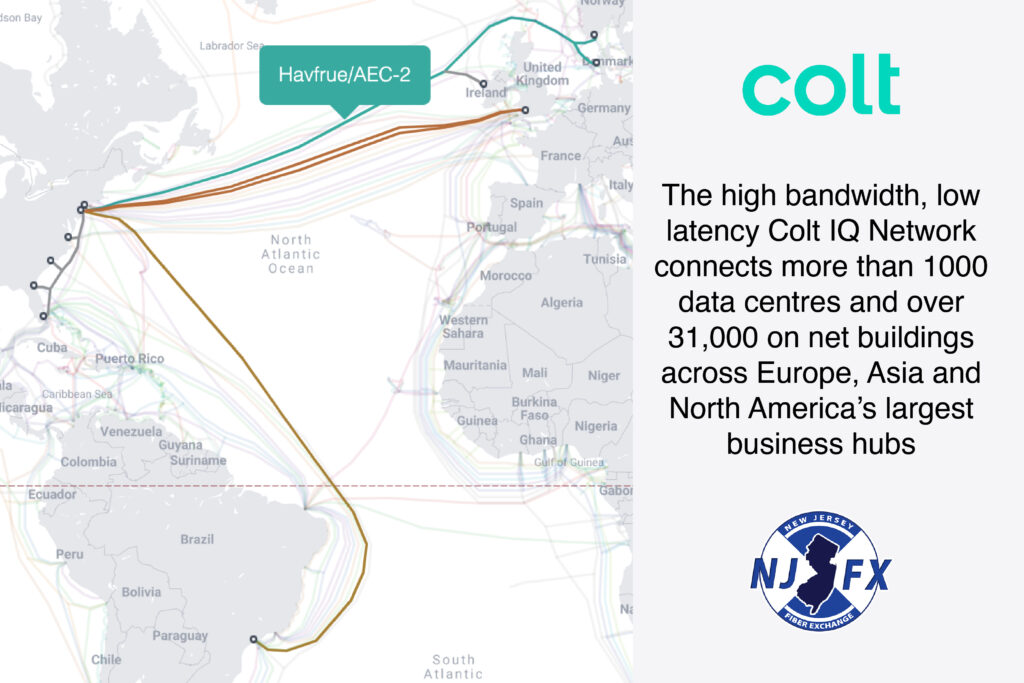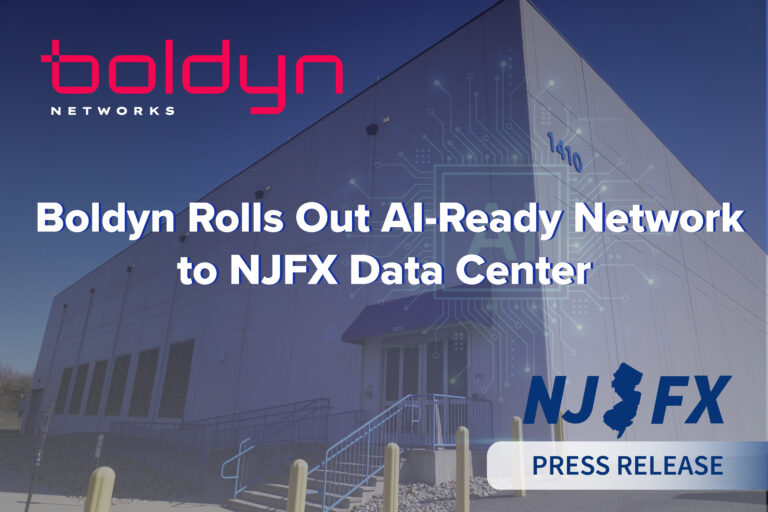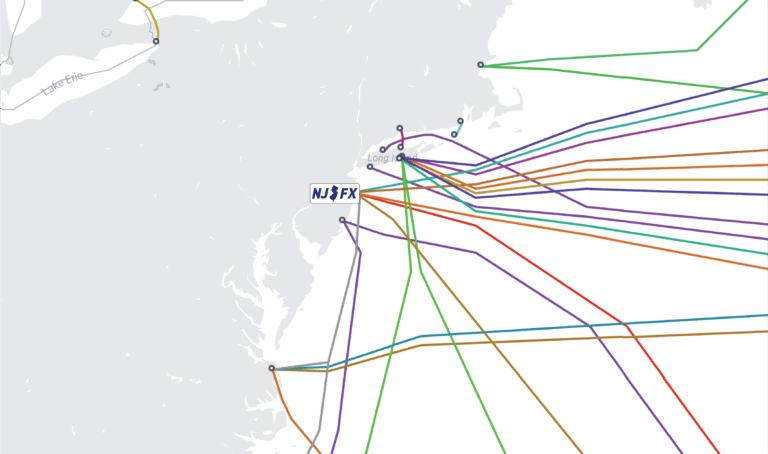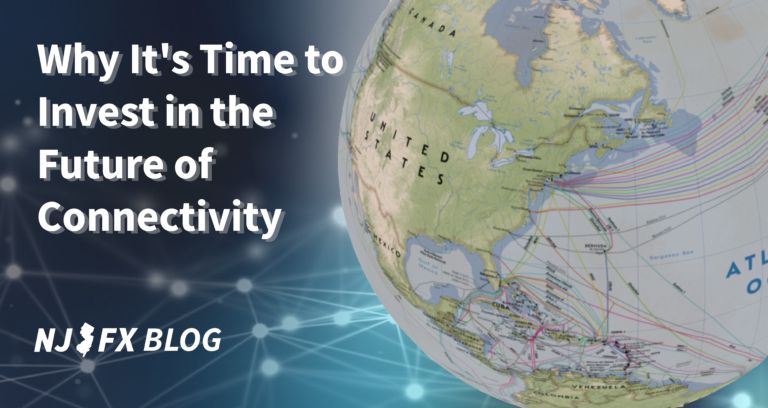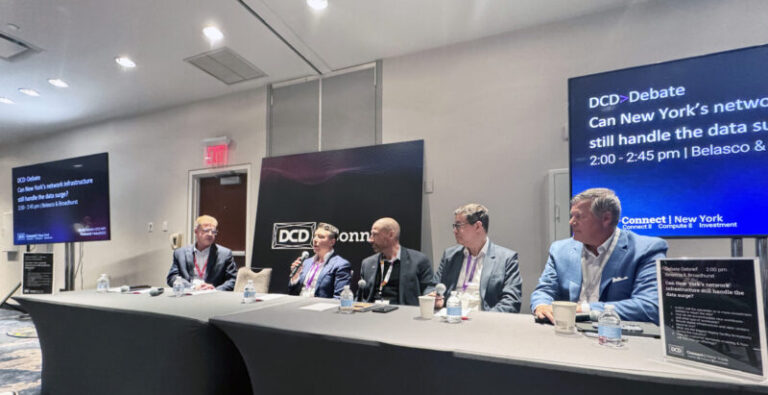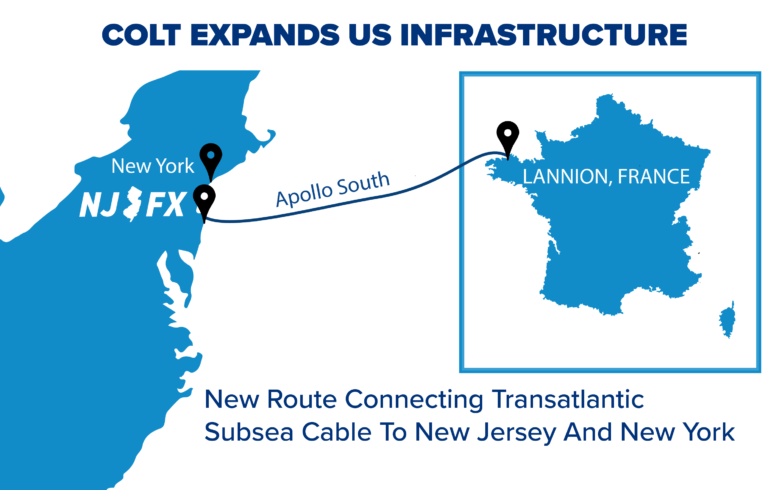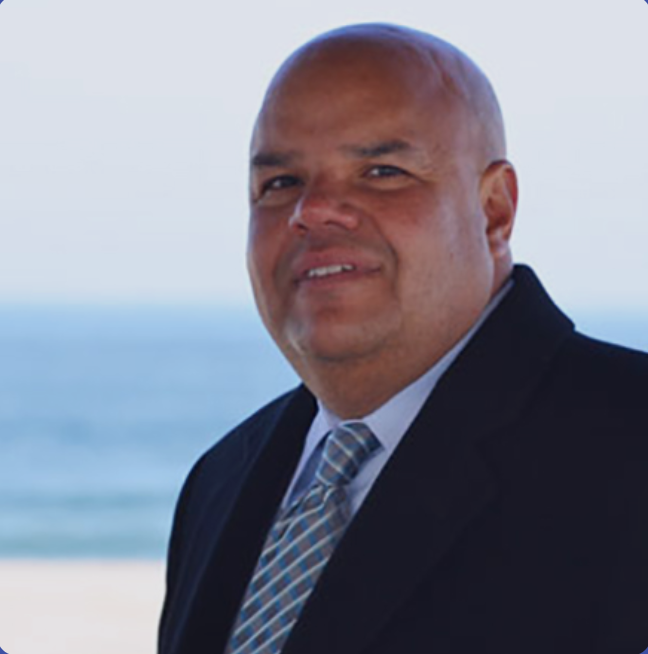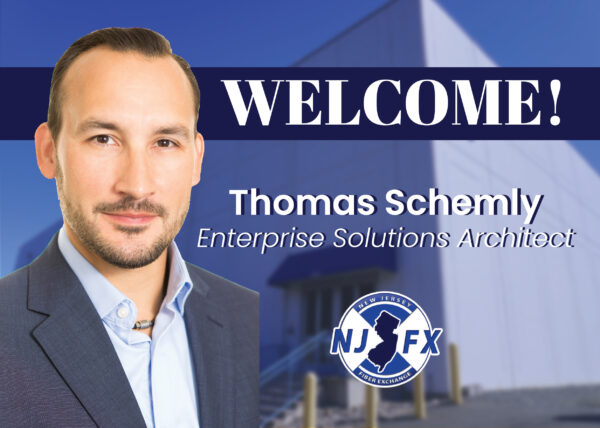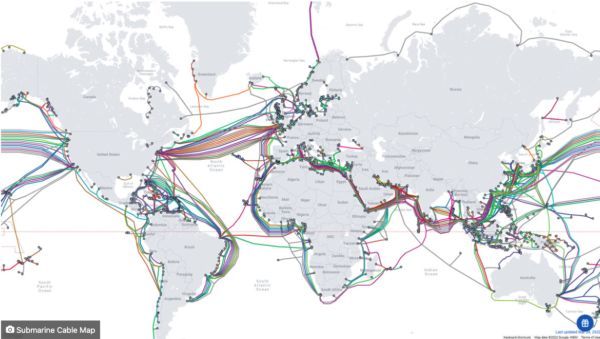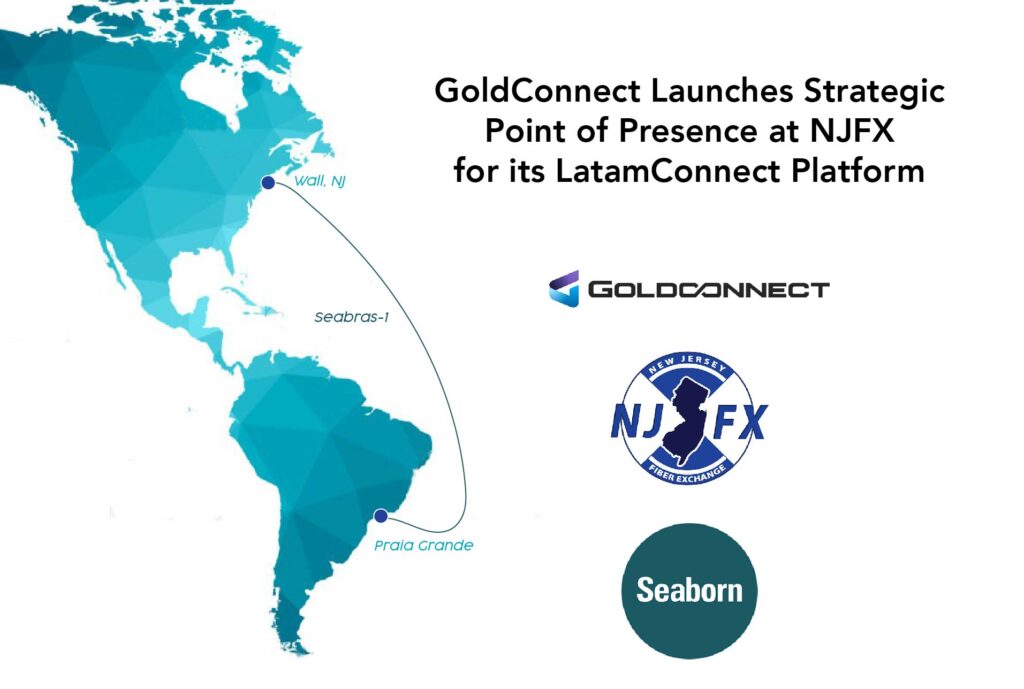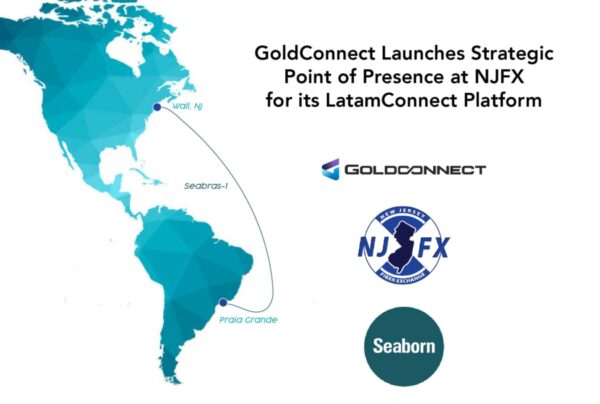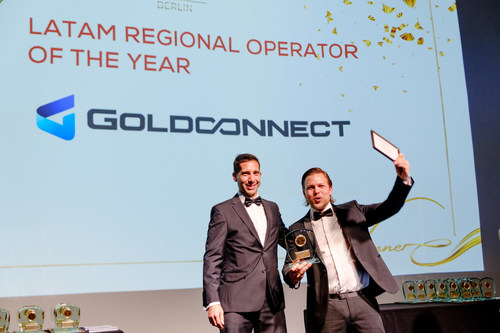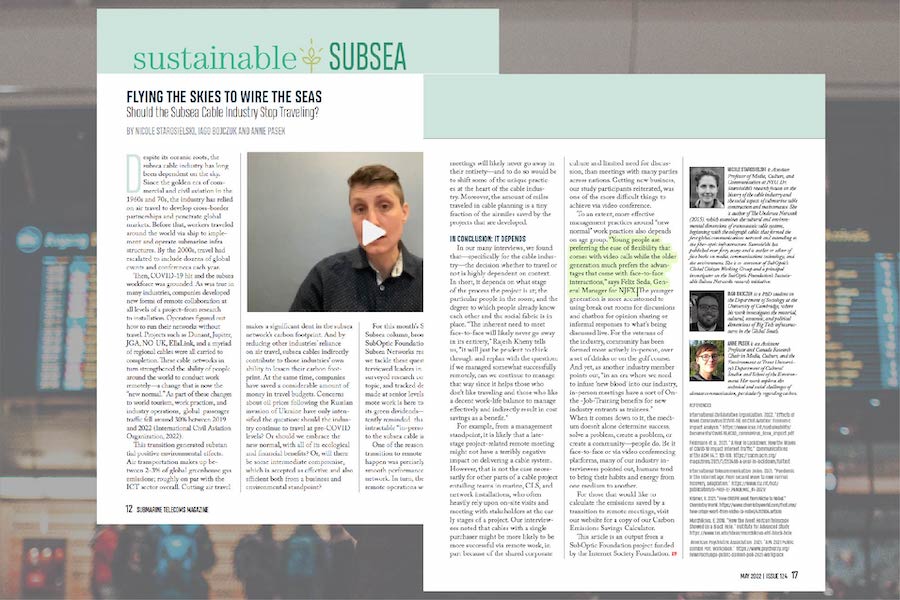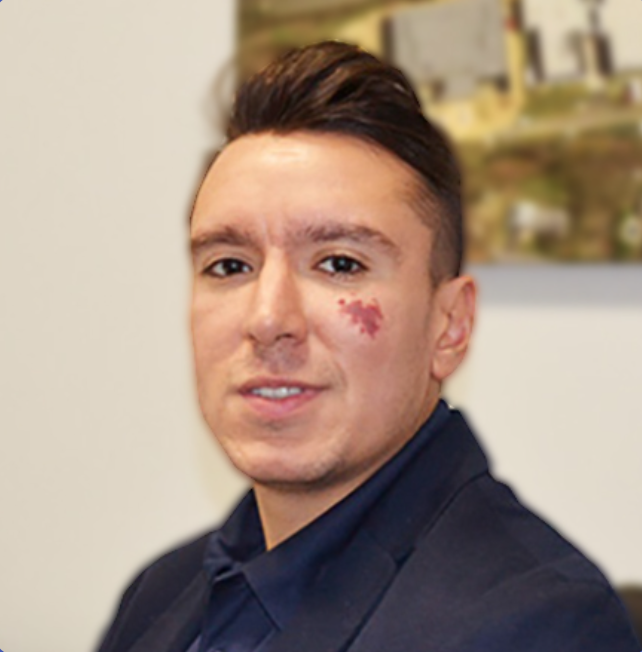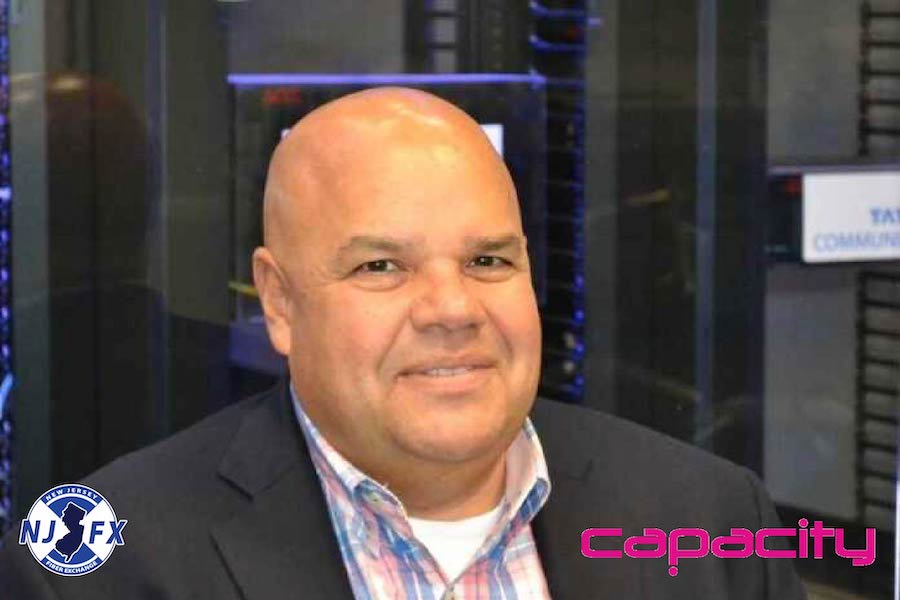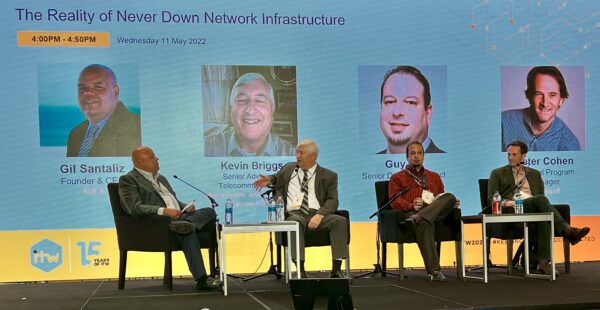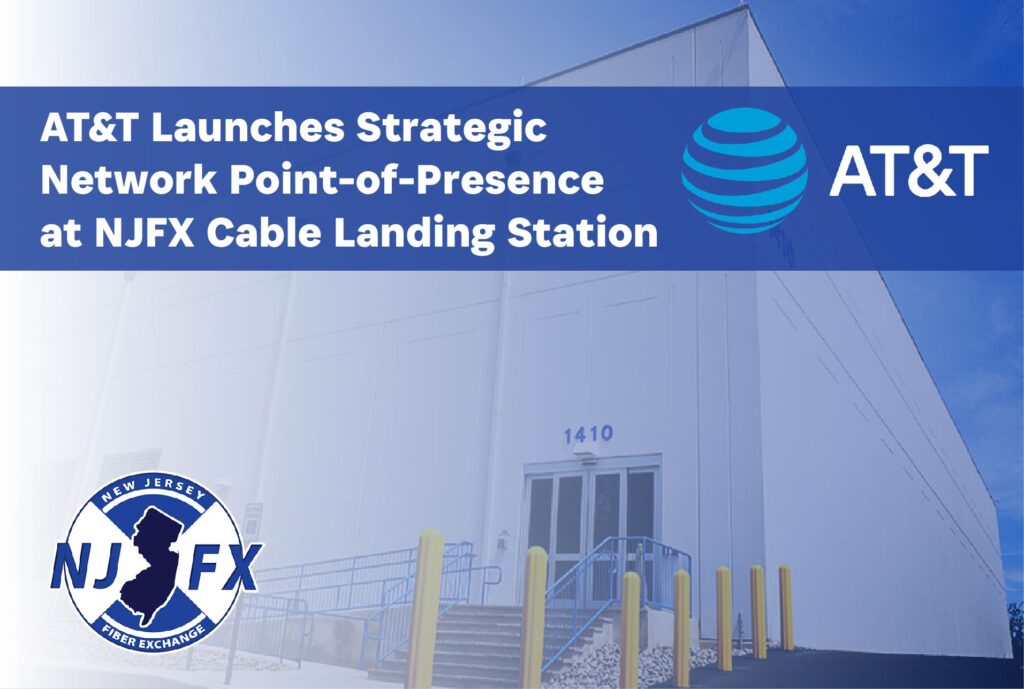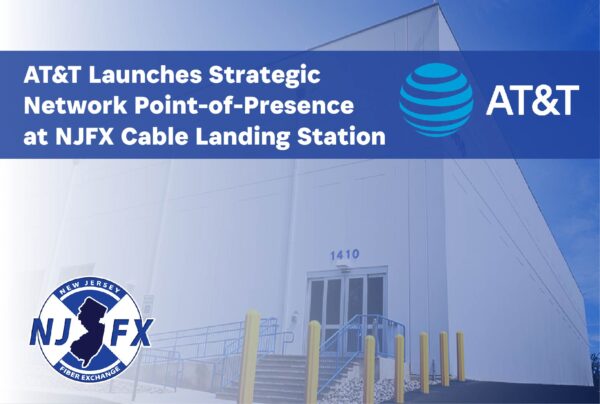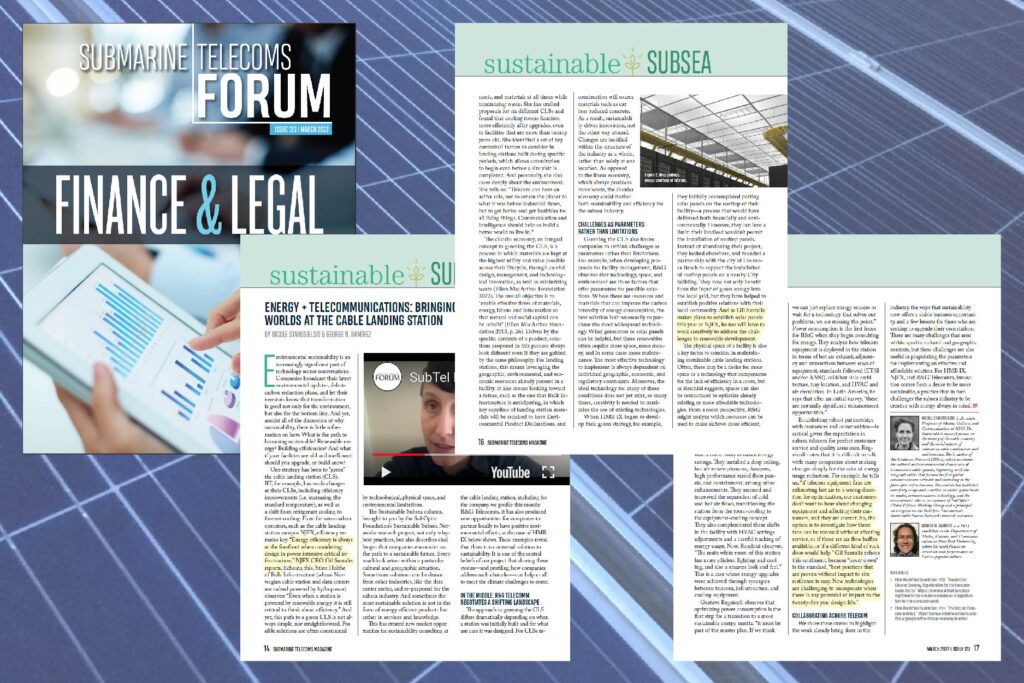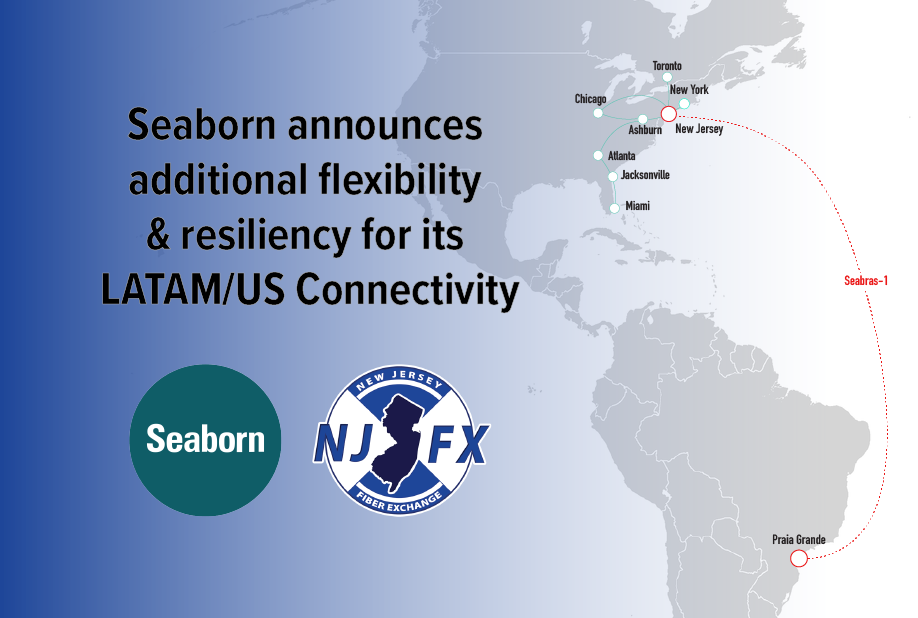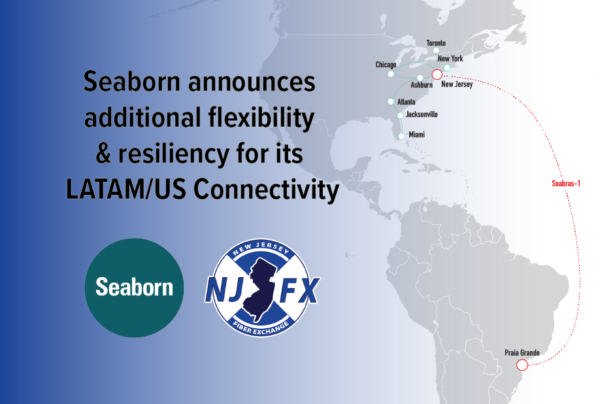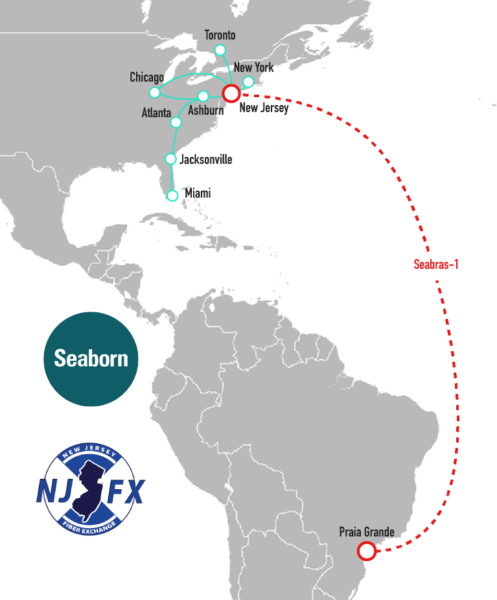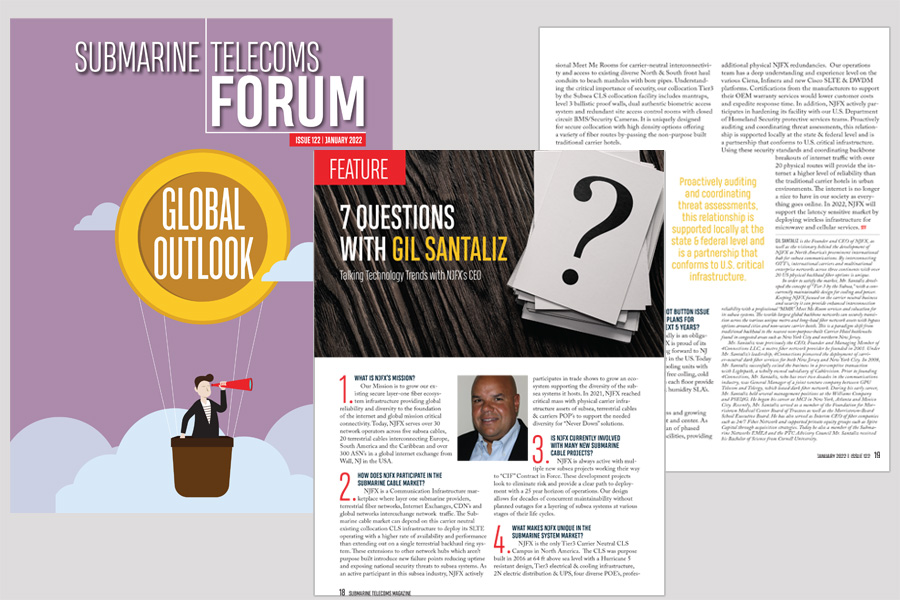Colt launches PoP at NJFX bolstering subsea connectivity across the Atlantic
Colt launches PoP at NJFX bolstering subsea connectivity across the Atlantic
Carriers can now access Colt Technology Services through their new point of presence (PoP) at the NJFX campus in Wall, New Jersey.
October 18, 2022
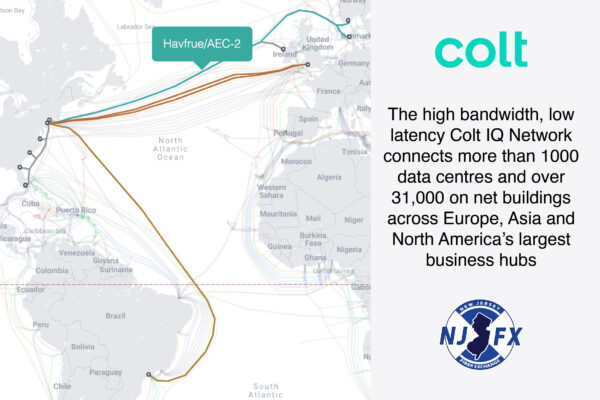
New point of presence (PoP) will connect Colt’s IQ Network in the New York metro market to NJFX, giving Colt direct access to the AEC-2 subsea cable system coming ashore at its NJFX landing station in Wall, New Jersey. The PoP will offer Colt customers alternative routes to other Transatlantic systems such as Dunant, Marea, Brusa, and AEC-1.
LONDON, UK & WALL TOWNSHIP, NJ –
NJFX, a Tier 3 carrier-neutral Cable Landing Station (CLS) colocation campus, has today announced that Colt Technology Services, a leading global provider of agile, high-bandwidth connectivity solutions, has added a point of presence (PoP) at the NJFX campus in Wall, New Jersey.
The new PoP will give Colt customers on-demand access to redundant subsea cable infrastructure across the Atlantic to Europe. The partnership means Colt can offer enhanced options for fully diverse global solutions through submarine cables landing at NJFX.
The high bandwidth, low latency Colt IQ Network connects more than 1000 data centres and over 31,000 on net buildings across Europe, Asia and North America’s largest business hubs.
By opening a PoP in NJFX’s diverse ecosystem, Colt and its customers gain direct, on-demand interconnection with Havfrue/AEC-2, Seabras-1, TGN1 and TGN2, providing diverse connectivity across the Americas, Europe, and the Caribbean.
“Since the launch of our intelligent, 400Gbps optimised Colt IQ Network in 2016, we have continued to double down on reach, security and resiliency, and this is another example of how we’re enhancing our digital infrastructure globally. Our collaboration with NJFX gives Colt customers rapid access to critical digital infrastructure and satisfies the diversity and low latency needs of some of the most demanding customers in the financial sector,” said Robin Farnan, EVP – Operations & Engineering at Colt.
“NJFX has a track record of supporting some of the largest players in international networking and is continually growing its ecosystem. We look forward to growing together and offering ultra-reliable global connectivity,” he added.
“Colt offers our customers new connectivity options to key digital hubs in Europe as well as rapidly developing markets globally. Our collaboration with Colt gives customers increased choice while enhancing the ‘trusted middle mile’ of telecommunications networks,” said Gil Santaliz, CEO at NJFX. “It is great to see new redundancy to strengthen the quality of service across the Atlantic as we help to maximize uptime and minimize the impact of service disruptions. We’re excited to have Colt’s presence at NJFX and to be working together to deliver the best possible services for customers.”
NJFX enables enterprise, content, media, government and communications providers to benefit from redundancy, reduced latency, and high-quality connectivity with fewer international points of failure. NJFX ensures each carrier network interconnection is designed and maintained with reliable architectural diversity, through a physical presence and access to the Meet-Me-Room (MMR) within its Tier-3 CLS campus. Some of the largest and most innovative businesses in international networking have presence in NJFX.
###
Colt strives to transform the way the world works through the power of connectivity, taking what’s always been in its DNA to enable customers’ success. The Colt IQ Network connects more than 1000 data centres and over 31,000 on net buildings across Europe, Asia and North America’s largest business hubs.
Colt understands today’s shifting connectivity requirements and provides agile, on-demand and secure high bandwidth networking and voice solutions to ensure enterprises can thrive. Customers include data-intensive organisations spanning over 220 cities in more than 32 countries. Colt is a recognized innovator and pioneer in Software Defined Networks (SDN) and Network Function Virtualisation (NFV). Privately owned, Colt is one of the most financially sound companies in the sector, and because of this, it’s able to put its customers’ needs at its core.
About NJFX
For NJFX media inquiries, please contact: [email protected]
Latest News & Updates
Stay informed with the latest press releases, industry news, and more.
Colt launches PoP at NJFX bolstering subsea connectivity across the Atlantic Read More »

